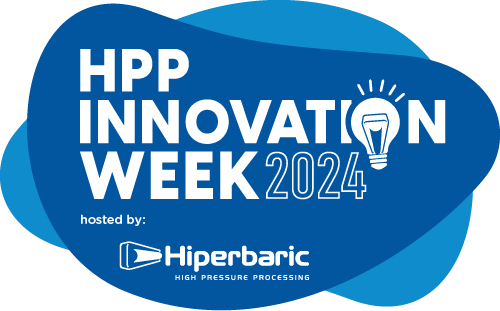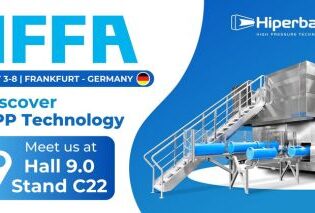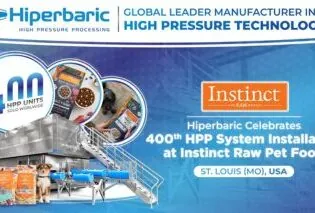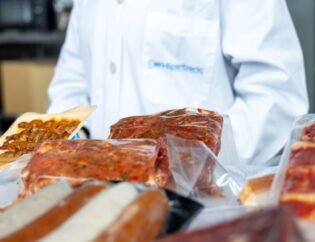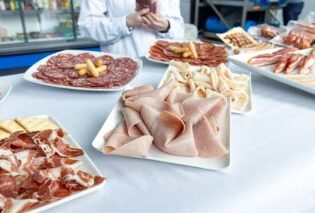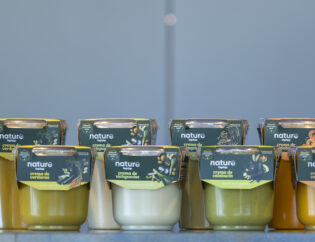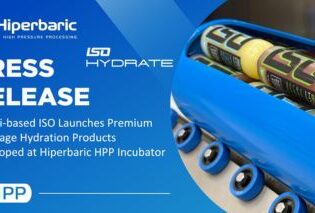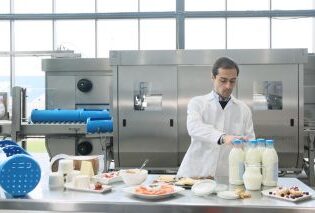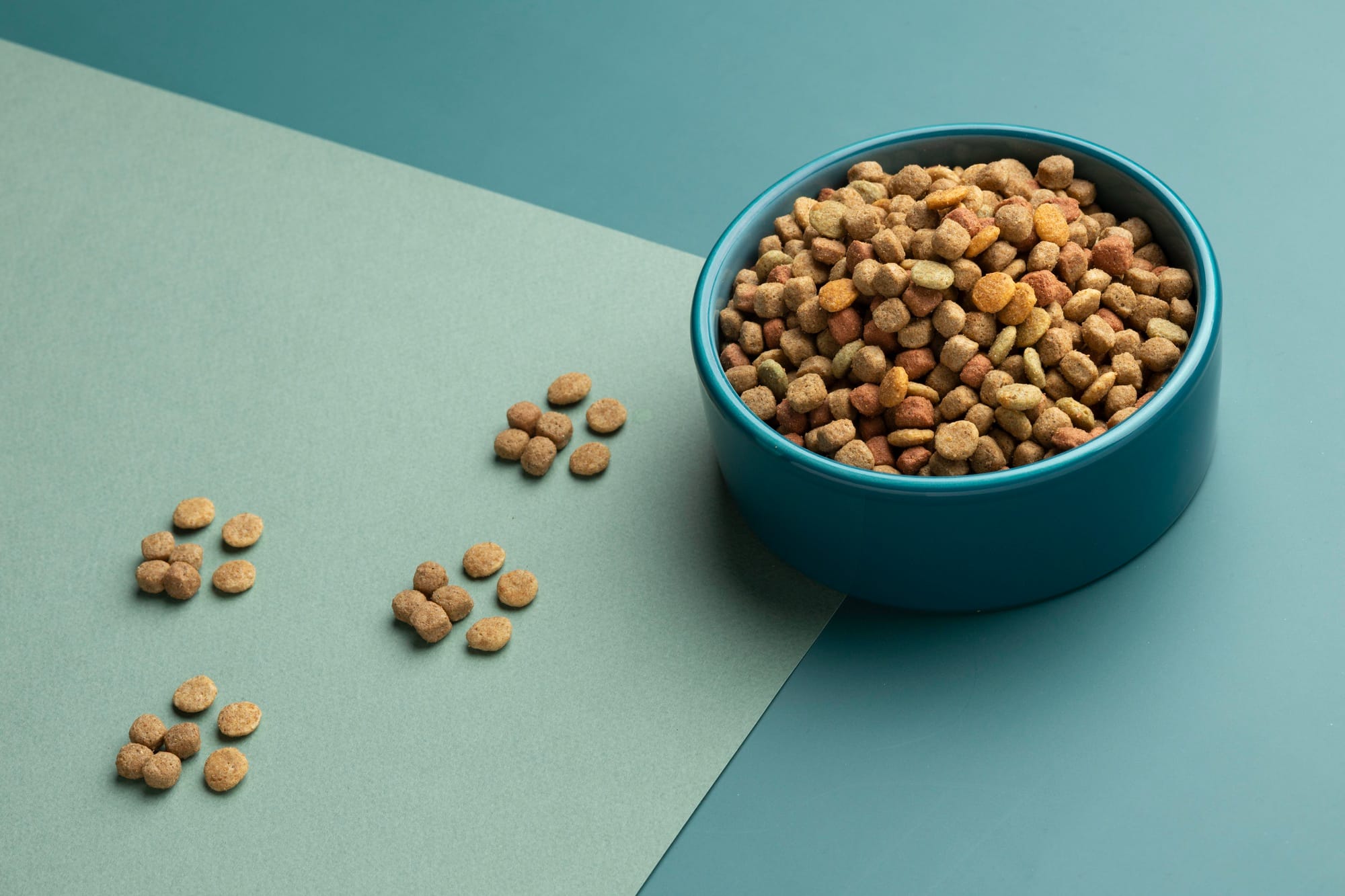
High Pressure Processing (HPP) ensures pet food safety by eliminating pathogens without heat, preserving nutritional integrity, and avoiding chemical preservatives. Still, alternatives like bacteriophages are emerging. Bacteriophages are viruses that target and destroy harmful bacteria by injecting genetic material, leading to bacterial destruction and the release of new phages. Despite their specificity and non-thermal nature, bacteriophages face limitations: bacteria can develop resistance, they are less efficient than HPP, and their effectiveness can be influenced by environmental factors and food type. Additionally, consumers may hesitate to accept viruses in pet food, making bacteriophages less practical for widespread use.

Ensuring the safety and nutritional quality of pet food is crucial for pet owners and manufacturers alike. For this purpose, High Pressure Processing (HPP) stands out. HPP offers unparalleled benefits in pet food preservation. One of the most significant advantages is its ability to effectively eliminate harmful pathogens such as Salmonella spp., Listeria monocytogenes, and Escherichia coli without the need for heat. This makes HPP particularly suitable for raw pet food, as it ensures safety while maintaining the nutritional integrity of the ingredients. HPP preserves essential vitamins and bioactive compounds, ensuring that pets receive the full nutritional benefits of raw ingredients. Another key benefit is that HPP does not require chemical preservatives, aligning with the growing consumer demand for natural and minimally processed pet foods.
Still, other options, such as bacteriophages, are emerging as a possible alternative to HPP. However, there are important aspects to highlight. With HPP, there is no need to add any additional ingredients, as the process itself is sufficient to ensure food safety and extend shelf life. Bacteriophages, on the other hand, are another type of ingredient and present some limitations and disadvantages.
Bacteriophages
Bacteriophages, or phages for short, are viruses that specifically target and destroy harmful bacteria like Salmonella spp., L. monocytogenes, and E. coli. They pose no threat to humans or animals but are highly effective in eliminating bacteria. When a phage encounters a bacterium, it latches onto specific receptors on the bacterium’s outer membrane. The phage then injects its genetic material into the host cell. Inside, the phage hijacks the bacterium’s machinery to rapidly produce new phages. This process ultimately leads to the destruction of the host cell, releasing a swarm of new phages ready to infect other bacteria.
Due to their highly specific target bacteria and no effects on the nutritional aspects of pet food, some see their use as an alternative non-thermal method to treat minimally processed raw foods or ingredients. However, bacteriophage biocontrol has its limitations and drawbacks. Bacteria can develop resistance to phages, making them less effective over time. Additionally, phages are not as efficient at bacterial inactivation compared to HPP. Moreover, consumers might be hesitant to accept the presence of viruses in their food, or the food for their pets (Ge et al., 2022)
Limitations and drawbacks
Efficacy
Bacteriophages, while effective in targeting specific bacterial pathogens, face limitations in achieving high log reductions of pathogens, typically below 3 log units Figure 1.
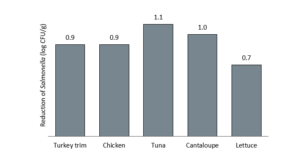
This is considerably lower than the log reductions achieved with HPP. In other words, phages can effectively reduce the levels of their targeted bacteria in foods, but they do not always eliminate them fully. Additionally, the inactivation of pathogens by bacteriophages is not immediate; it often requires several hours or even days to achieve noticeable reductions. This delayed action can be a drawback in scenarios where rapid pathogen elimination is crucial for food safety applications.
Bacteriophages rely on direct contact with bacterial cells to initiate the lysis process. This requirement for physical interaction means their effectiveness can be significantly influenced by the environment in which they are applied. For instance, in highly viscous environments, the movement of bacteriophages can be hindered, reducing their ability to encounter and infect bacterial cells. Rough surfaces can create microenvironments where bacteria can hide, making it difficult for phages to reach and lyse them. Additionally, certain areas within a product can act as physical barriers, shielding bacteria from phage contact. These factors collectively pose significant challenges for the use of bacteriophages in complex food systems, where achieving uniform distribution and contact is crucial for effective pathogen control. Foods with large, uneven surfaces, like fish, meat, and seafood, often present challenges for treatment (Shannon et al., 2020). For instance, when a bacteriophage cocktail was applied to raw turkey breast cutlets at a concentration of 107 PFU/g and stored at 4°C, it achieved reductions in bacterial counts up to 1.6 log CFU/g. However, applying the same cocktail to contaminated ground turkey breasts before grinding did not reduce Salmonella cell numbers (Sharma et al., 2015). On the other hand, HPP is highly versatile, as it is effective regardless of the shape, size, or presence of particles in the food. This makes HPP particularly suitable for products that are highly processed or finely ground, ensuring consistent quality and safety.
Due to their high natural specificity, bacteriophage preparations can effectively target specific pathogens in foods. However, if foods are contaminated with multiple foodborne bacterial pathogens, a phage preparation aimed at a single pathogen will not be effective in eliminating non-targeted pathogenic bacteria. Thus, their high specificity means that a broad-spectrum approach may require a cocktail of different phages, complicating the formulation.
Bacterial developed resistance
Another significant limitation is the potential for bacteria to develop resistance to phages, similar to antibiotic resistance. This resistance can arise when bacteria undergo genetic mutations that render them less susceptible or entirely immune to bacteriophages. Such mutations can occur naturally over time or be induced by environmental pressures, including the presence of bacteriophages themselves. Bacteria can rapidly mutate, leading to the emergence of phage-resistant strains. These mutations can alter the bacterial surface receptors that phages typically target, making it difficult for the phages to attach and infect the bacteria.
Conditions such as temperature, pH, and the presence of other microorganisms can influence the development of bacteriophage resistance. For example, suboptimal conditions for bacteriophage activity can give resistant bacteria a survival advantage. This necessitates ongoing research and development to stay ahead of resistant strains, adding to the complexity and cost of using bacteriophages. Bacteria have demonstrated the ability to evade phage infections through several mechanisms. These strategies can be categorized into three main types, namely: mutation or masking of bacteriophage receptors; production of extracellular matrix to obstruct receptors; use of competitive receptor inhibitors (Ge et al., 2022). For instance, in a study involving egg yolk treated with a bacteriophage, the potential emergence of phage-resistant bacteria was observed. After incubating for 6 days at 15°C, several Salmonella colonies were tested for bacteriophage sensitivity. All tested colonies were found to be insensitive to the bacteriophage, indicating the emergence of bacteriophage-resistant bacteria (Guenther et al., 2012).
While bacteriophages have their merits, their limitations in terms of efficacy and potential resistance make them less practical for widespread use in pet food preservation. As the pet food industry continues to evolve, HPP will likely play a crucial role in ensuring the safety and quality of pet food products. Given the versatility of HPP applications in pet food, it’s no surprise that an increasing number of pet food companies are adopting this technology.
Feel free to contact us if you want to learn more about HPP applications for pet food and the benefits this technology can offer.

